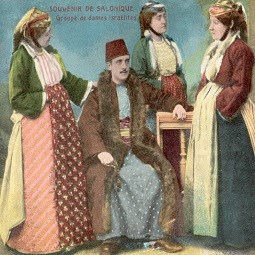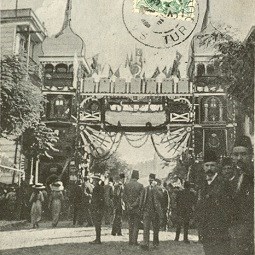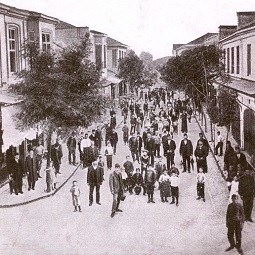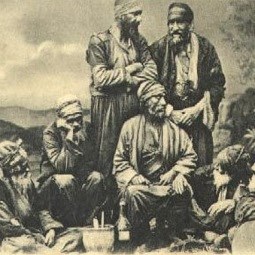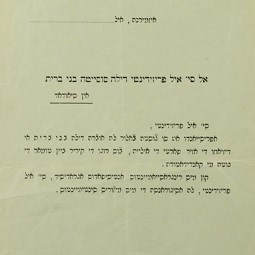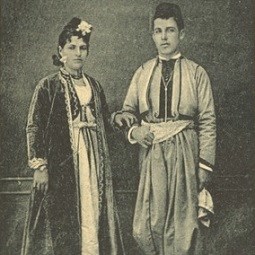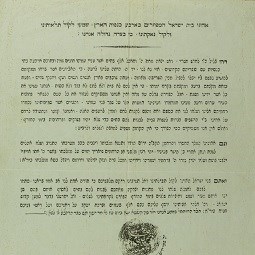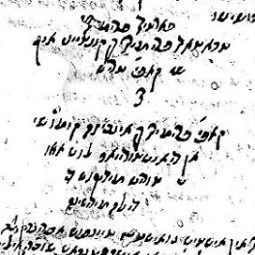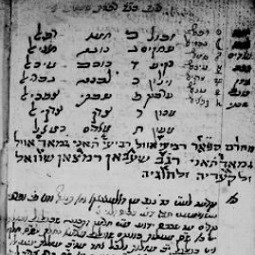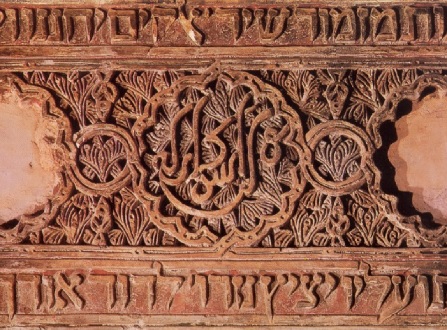Turkish Jewry
Turkish Jewry is the largest of all the Jewish communities still in existence in Islamic countries in the 21st century. Turkish Jewry was once known as a large and vibrant community that had a profound impact on both the Jewish world and general society in the Middle East and the Balkans. By the end of 2020, about 15,000 Jews were still living in Turkey, most of them in Istanbul and Izmir.
The community likely dates back to the days of the Second Temple, but the significant increase in its size and stature began in the 15th century, with the arrival of Jewish exiles from Spain. Against this background, Ladino became a common language in the community. The Ottoman Empire ruled for centuries over large areas in Europe, Asia and Africa, and Jewish communities existed in many areas within its territory—including the Middle East, the Balkans, North Africa and the Arabian Peninsula. Jews throughout the empire stood out for their contribution to commerce, science and medicine and to cultural and spiritual life in both the sacred and secular realms.
The core of the Jewish community in the Ottoman Empire lived in areas which are now part of Turkey, Greece and the southern Balkans. The Jewish community in Istanbul, the capital of the empire, held particular sway. The community was active in the fields of education, religion, culture and welfare, and had a decisive influence on the other communities in the empire, including in the Land of Israel. The chief rabbi of the Istanbul community, known as the Hakham Bashi, recognized as the chief rabbi of the empire’s Jews, mediated between the government and all the Jewish communities.
The Empire’s Decline
The Ottoman Empire’s power diminished over the 19th century until its fall in the First World War, and the Jewish community shrank and lost much of its power at the same time. Simultaneously with the empire’s decline in the 19th century, members of the community began to immigrate to the Land of Israel and other countries. In 1900, about 300,000 Jews lived in Turkey, and following the acceleration of immigration, about 80,000 remained in 1948. About half immigrated to Israel in the 1950s and 1960s, and many more emigrated in the following decades.
The National Library of Israel preserves a variety of items that embody the unique heritage of Turkish Jewry. The Library has collected private archives of families and researchers, as well as communal documents, religious court ledgers and correspondence sent to the Hakham Bashi from around the world. In addition, one can view photographs, Judaica artifacts, video and audio recordings offering a taste of the community’s traditions, manuscripts from the community’s rich heritage, books and articles focusing on the community’s history as well as press clippings from Turkey highlighting episodes of the community’s daily life.

 Sign in with Google
Sign in with Google
 Sign in with Facebook
Sign in with Facebook

